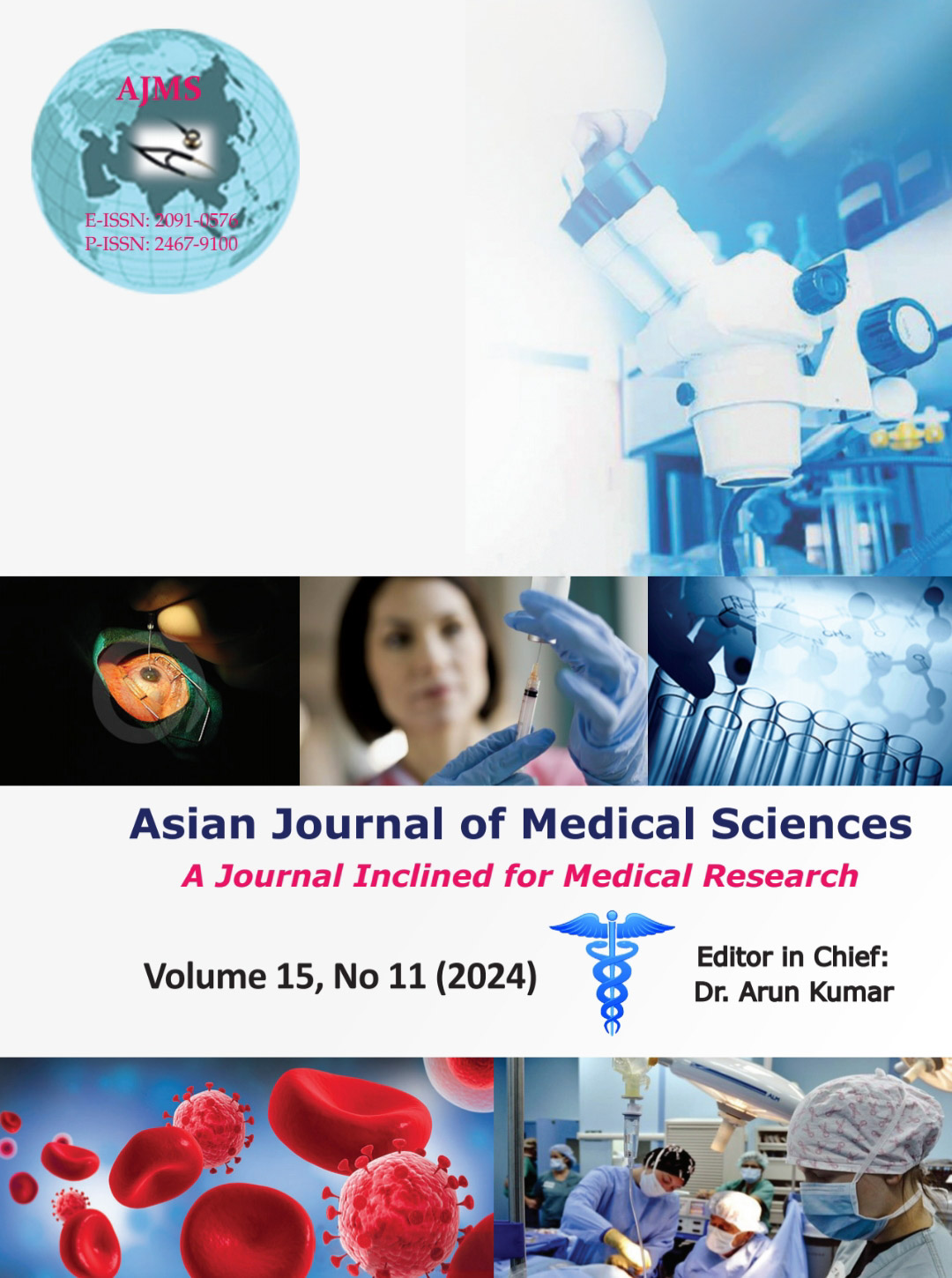The adequacy of tissue obtained by percutaneous needle autopsy in comparison to conventional autopsy for lung and liver tissues
Keywords:
Adequacy; Conventional autopsy; Necropsy; Percutaneous needle autopsy; HistomorphologyAbstract
Background: Autopsies are done since the olden days to study anatomy, to learn pathology, and to identify the cause of death. However, this procedure is not widely accepted due to lack of facilities, reluctancies by relatives, various religious and ethical issues, and fear of transmission of communicable diseases. Percutaneous needle autopsies have bridged these shortcomings and provide better results when done under radiological guidance.
Aims and Objectives: The aim of the study was to determine the adequacy of tissue obtained by percutaneous needle autopsy in comparison to conventional autopsy for lung and liver tissues.
Materials and Methods: Descriptive study, done in autopsies performed in the Department of Forensic Medicine and Department of Pathology, Government Medical College Kottayam. Percutaneous needle samples are obtained from lungs and liver using surface landmarks. Samples are also obtained after opening the deceased body. After microscopic examination, adequacy is observed and morphological findings are compared.
Results: In lungs, 164 samples met the adequacy criteria and 156 samples showed similar morphological findings by both methods; in the liver 159 samples met the adequacy criteria and 151 samples showed similar morphological findings by both methods. In lungs and liver, the most common histological finding was congestion.
Conclusion: Percutaneous needle autopsies and the tissue thus obtained are adequate and comparable when compared to conventional autopsies. The findings are more comparable in diffuse lesions rather than in localized lesions.
Downloads
Downloads
Published
How to Cite
Issue
Section
License
Copyright (c) 2024 Asian Journal of Medical Sciences

This work is licensed under a Creative Commons Attribution-NonCommercial 4.0 International License.
Authors who publish with this journal agree to the following terms:
- The journal holds copyright and publishes the work under a Creative Commons CC-BY-NC license that permits use, distribution and reprduction in any medium, provided the original work is properly cited and is not used for commercial purposes. The journal should be recognised as the original publisher of this work.
- Authors are able to enter into separate, additional contractual arrangements for the non-exclusive distribution of the journal's published version of the work (e.g., post it to an institutional repository or publish it in a book), with an acknowledgement of its initial publication in this journal.
- Authors are permitted and encouraged to post their work online (e.g., in institutional repositories or on their website) prior to and during the submission process, as it can lead to productive exchanges, as well as earlier and greater citation of published work (See The Effect of Open Access).




